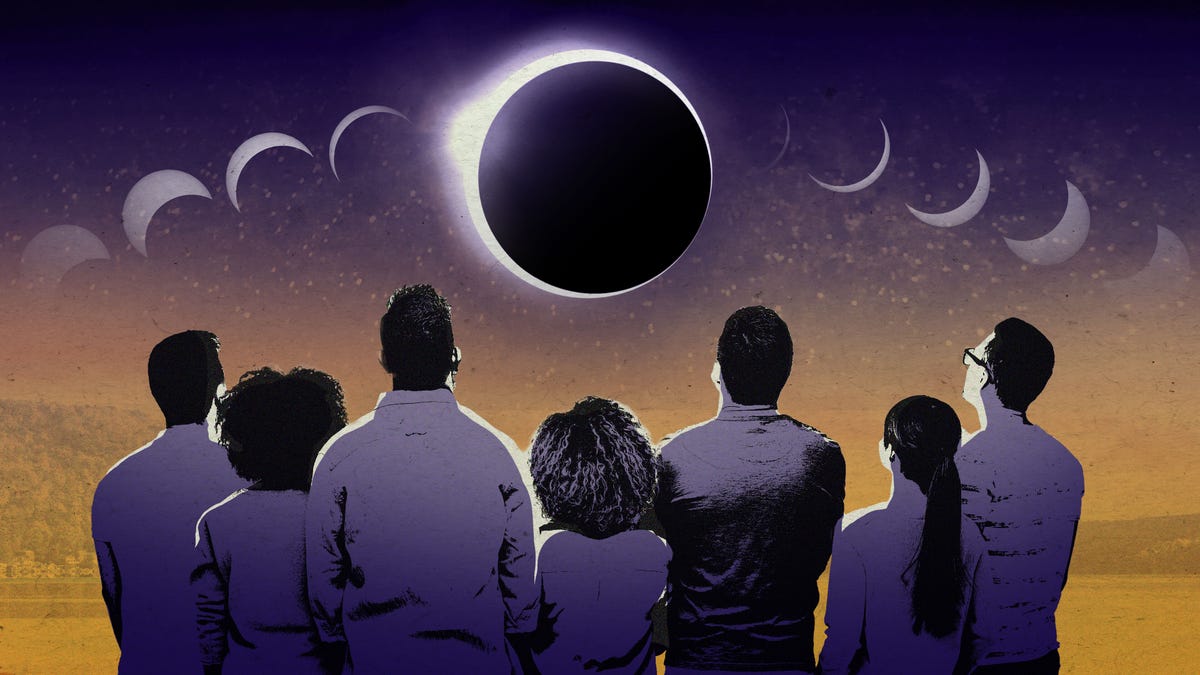The Great North American Solar Eclipse of 2024: A Spectacular Astronomical Event
Millions of individuals across North America are on the verge of being able to witness a rare and exceptional astronomical occurrence—an extraordinary total solar eclipse during which the Moon will entirely block out the Sun along a remarkably lengthy path of totality. To aid in your preparation for this phenomenon, we have compiled a comprehensive pocket guide to the Great North American Solar Eclipse.
Path of the Eclipse and Viewing Locations
The upcoming Great North American Solar Eclipse, set to take place on Monday, April 8, 2024, will commence in Mazatlan, Mexico, and gradually progress northeast over the United States before concluding its journey in Newfoundland, Canada. The path of totality will extend between 62 and 71 miles (100 and 115 kilometers) on average.
This eclipse will offer direct visibility to populations in 15 U.S. states and five Canadian provinces, including major cities such as San Antonio, Austin, Dallas, Fort Worth, Indianapolis, Cleveland, Buffalo, Rochester, Syracuse, and Montreal. According to NASA, a staggering 31.6 million individuals reside along the path of totality, with an additional 150 million people located within a 200-mile radius of it.
For those in Canada, specific times for the onset of totality are as follows:
- Hamilton, ON: 3:18 p.m. ET
- Belleville, ON: 3:21 p.m. ET
- Montreal, QC: 3:26 p.m. ET
- Fredericton, NB: 4:33 p.m. NB
- Summerside, PEI: 4:27 p.m. AT
- Gander, NL: 5:12 p.m. NT
Astronomical Phenomena and Safety Measures
During the eclipse, observers will witness the Moon passing in front of the Sun, leading to its temporary obscuration. Within the path of totality, individuals can expect moments of complete darkness resembling dawn or dusk. Skilled viewers, utilizing specialized equipment like solar filters or eclipse glasses, will have the opportunity to witness the Sun’s corona along the outer edges of the darkened disc.
Notable phenomena to watch for include Baily’s Beads, which manifest as bright spots around the Moon’s perimeter, and shadow bands, visible as alternating light and dark lines on flat surfaces. It’s essential to exercise caution and avoid direct viewing of the Sun with the naked eye, as this can cause severe retinal damage in the form of solar retinopathy.
Special Significance and Coincidences
The impending Great North American Solar Eclipse is distinguished by its extensive trajectory across North America and its alignment with the solar maximum, a period of heightened solar activity. Scientists view this event as an invaluable opportunity to study the Sun and its corona amidst elevated solar phenomena like flares and coronal mass ejections.
Furthermore, the eclipse coincides with the anticipated appearance of comet 12P/Pons-Brooks, adding another layer of celestial intrigue to the event. Observers are encouraged to utilize safe viewing methods such as eclipse glasses, handheld solar viewers, or pinhole projectors to safeguard their eyes and fully relish this rare spectacle.
Image/Photo credit: source url





